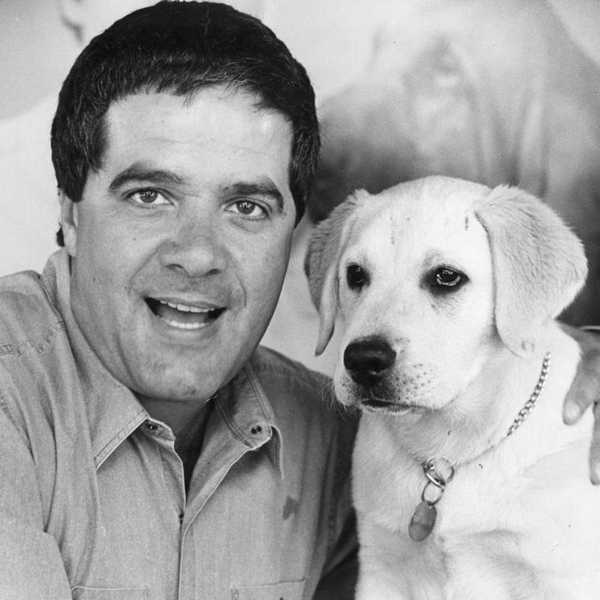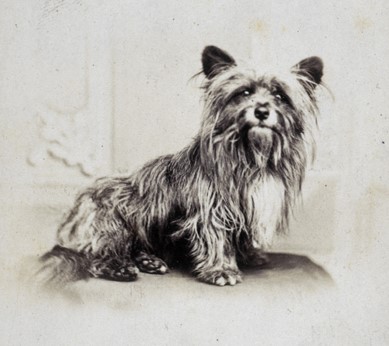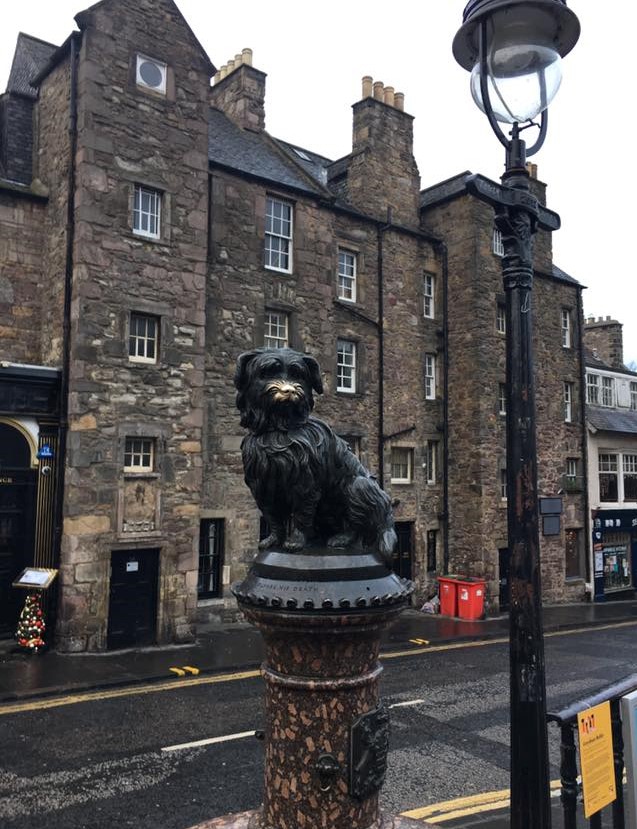Simon Townsend: Pioneer of Australian Children's Television
A tribute to Simon Townsend, creator of Wonder World, celebrating his contributions to Australian...

 Search...
Search...
When we pass away, we are never forgotten by those we leave behind. There is no story that echoes this moral quite as profoundly as that of Greyfriars Bobby. Most people have seen the statue of the Skye Terrier sitting outside Greyfriars Kirkyard in Edinburgh, Scotland, have seen the loosely-adapted film, "Greyfriars Bobby," or heard a dramaticized re-telling of the tale by a tour host, but few outside of the local Edinburgh populace know the true tale behind the famously loyal dog. While there are many different versions of the same tale, this is the most widely accepted interpretation by the people of Scotland.

John Grey, otherwise known as "Auld Jock", was a night watchman for the Edinburgh Police Force, after failing to find work as a gardener when he and his family arrived in the city in 1850. The nights in the smoky, old town were long and freezing cold, so John took on a faithful partner to keep him company on those chilly nights - a small, shaggy puppy, which he named Bobby. Together, they kept watch over the cobble-stoned streets of their beloved city, becoming local celebrities to those who crossed their paths on their patrols. Eventually, after many nights watching over the town as it slept, John Gray contracted tuberculosis, and eventually succumbed to the illness, passing away on the 15th of February, 1858.
Greyfriars Kirkyard is a graveyard located at the southern end of the Old Town. Notably, the Kirkyard is recognised as one of the most haunted graveyards in the world, thanks to the distinctive tomb of Sir George MacKenzie, and is also famous for inspiring J.K Rowling, as she named many of her characters in the Harry Potter series after the names on the aging tombstones. At the time, however, it was the final resting place of John Gray after his death.

After he was laid to rest in the cemetery, his beloved Bobby refused to leave the unmarked grave of his master, standing vigil day and night, through rain, hail, snow and shine. The keeper of the grounds at the kirkyard tried many times to shoo Bobby from the yard, but eventually gave up as the loyal canine continued to return. Eventually, he formed a shelter for Bobby out of two table stones at the side of John Gray's grave.
Bobby's story soon spread around the city, with crowds flocking to gander at the wonder dog and marvel at his dedication and loyalty to his master, well after his death. Every day after the clocks struck 1:00pm, Bobby would make his daily pilgrimage to the coffee house that he would often frequent with John, led by cabinet maker and joiner William Dow, to enjoy his lunch. He would always return to the side of John Gray after his meal.
The year of 1867 saw the passing of a new local law, stating that all dogs had to be licensed in the city or face the death penalty. Fortunately, the city of Edinburgh so loved Bobby that the Lord Provost of Edinburgh, Sir William Chambers, paid the license on behalf of the people of the city, presenting him with a collar that bears an inscription in brass - "Greyfriars Bobby, from the Lord Provost, 1867 licensed." Today, the collar is on display in the Museum of Edinburgh.

While he lived in the hearts of the people of the city for the remainder of his life, he still belonged to his long-lost master and stood guard over his grave for 14 years until he passed away in 1872 at age 16. After his passing, the famous statue was erected atop a drinking fountain in 1873, standing as a tribute to the faithful and loyal terrier. Later, along with a tombstone being erected for his master, a gravestone for the dog was installed close by, becoming a shrine to the dog, where people leave sticks, dog toys and flowers for Bobby to play with in the afterlife. To this day, tourists and locals alike gently rub the nose of the statue for good luck. This rings true to the origin of the tale, for all wish to be so lucky as the man who earned the devotion and loyalty of one of the most faithful dogs of all time.
"Let his loyalty and devotion be a lesson to us all" - Greyfriars Bobby's headstone.
By Claudia Slack
Sources: